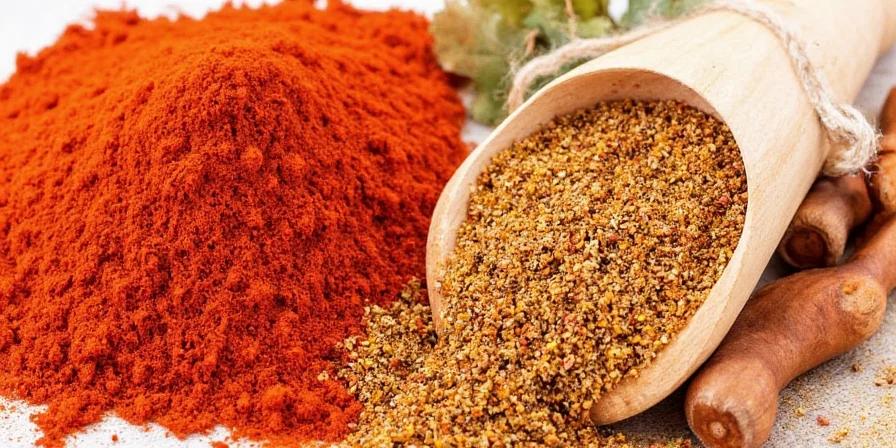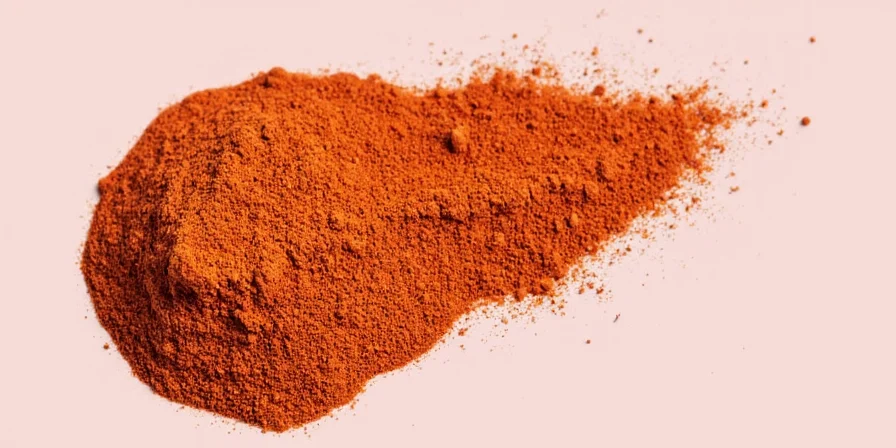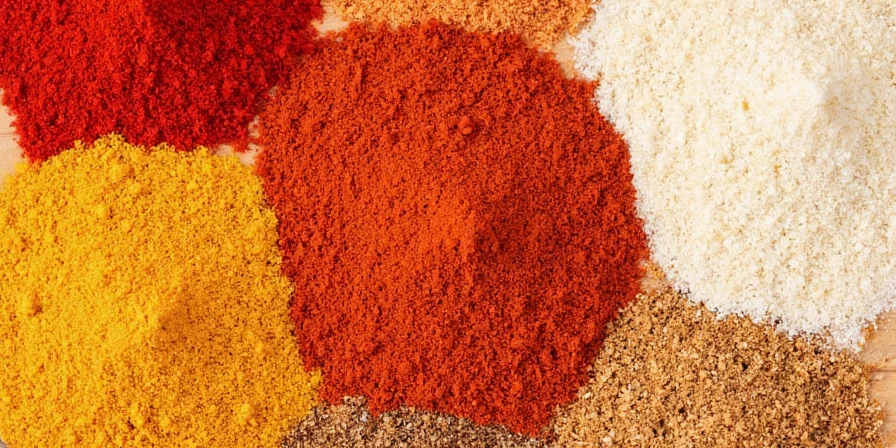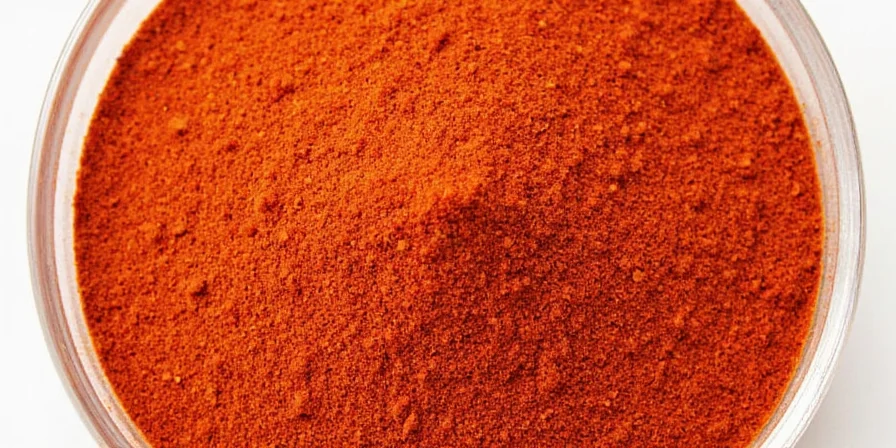Paprika Seasoning: The Colorful Mystery Spice You Need in Your Kitchen (And Yes, It’s Not Just for Coloring!)

Table of Contents
- Introduction: What Exactly Is Paprika?
- The Many Faces of Paprika: Sweet, Smoked, and Spicy!
- 50 Shades of Red: Creative Uses for Paprika Seasoning
- Pro Tips: How to Use Paprika Like a Real Chef
- Myth Busting: Does Paprika Make Everything Taste Like Crayons?
- What Pairs Well with Paprika? Let’s Get Flavor-Friendly!
- Cooking with Paprika: From Goulash to Deviled Eggs
- Buying Guide: Choosing the Right Paprika for Your Pantry
- Storage Secrets: How to Keep Your Paprika Fresh (and Not Sad)
- Conclusion: Paprika Isn’t Just for Looks – Embrace the Reds!
Introduction: What Exactly Is Paprika?
If you’ve ever opened your spice cabinet and wondered why there’s a jar labeled “paprika” that never seems to get used… you’re not alone. But here's the thing: paprika isn’t just there to fill up shelf space or add a splash of red to your deviled eggs. It's a powerhouse of flavor, color, and tradition that deserves more than just cameo appearances.
Paprika is made from dried and ground sweet red peppers (Capsicum annuum), sometimes mixed with hotter varieties depending on the type. Originating in Central Europe and later adopted by cuisines around the globe, paprika has evolved into a spice with multiple personalities — from mild and earthy to smoky and spicy.

The Many Faces of Paprika: Sweet, Smoked, and Spicy!
Before we dive into how to use paprika, let’s talk about what kind of paprika you're using. Because trust us, not all paprikas are created equal. Here’s a quick breakdown:
| Type of Paprika | Flavor Profile | Best For |
|---|---|---|
| Sweet Hungarian Paprika | Mild, earthy, slightly sweet | Classic goulash, chicken paprikash |
| Smoked Spanish Paprika (Pimentón) | Rich, smoky, complex | Paella, chorizo, grilled meats |
| Hot Paprika | Spicy kick, bold heat | Spicy stews, chili rubs |
50 Shades of Red: Creative Uses for Paprika Seasoning
You might think paprika is only good for garnishing potato salad or coloring scrambled eggs, but its uses go far beyond that. Here are some surprising and delicious ways to put paprika to work in your kitchen:
- Rub It In: Mix paprika with salt, garlic powder, and olive oil for a simple dry rub on chicken or pork before grilling.
- Make It Pop: Add a sprinkle over popcorn for a spicy twist (especially if you're using hot paprika).
- Stir It Up: Stir a teaspoon into soups or stews to deepen the flavor profile.
- Bake It In: Blend it into cheese-based breads or biscuits for a rustic orange hue.
- Top It Off: A dash of smoked paprika on deviled eggs or hummus elevates both flavor and presentation.

Pro Tips: How to Use Paprika Like a Real Chef
Want to impress even the most seasoned foodies at your next dinner party? These insider tricks will help you master paprika like a culinary wizard:
- Toast It First: Heat a bit of oil in a pan and toast paprika briefly to release its full aroma. Be careful not to burn it—it can turn bitter fast.
- Don’t Boil It: Paprika doesn’t like high heat for long periods. Add it toward the end of cooking to preserve its delicate flavor and bright color.
- Pair It Smartly: Paprika loves friends like cumin, garlic, onion powder, and thyme. Combine them for a flavor boost.
- Use It as a Finishing Touch: Sprinkle a pinch on finished dishes—think roasted vegetables, creamy dips, or even Bloody Mary rims.
Myth Busting: Does Paprika Make Everything Taste Like Crayons?
We've all heard the joke: “Paprika makes everything taste like red.” And honestly? There’s some truth to it if you misuse it. But when used correctly, paprika adds subtle sweetness, depth, or smokiness—not a waxy crayon vibe.
The secret? Don’t just dump a spoonful in without thought. Treat it like any other spice—use intention, balance, and moderation. If you do that, your dishes won’t scream “CRAYON,” they’ll whisper “YUM.”
What Pairs Well with Paprika? Let’s Get Flavor-Friendly!
Paprika is a team player. It plays well with others and brings out the best in your ingredients. Here are some dynamic duos and trios you should try:
- Paprika + Cumin: Smoky meets earthy. Great in Middle Eastern dishes or spiced lentils.
- Paprika + Garlic & Lemon: Bright, bold, and zesty. Perfect for marinades or Mediterranean-style fish.
- Paprika + Brown Sugar: Adds depth and warmth to barbecue sauces or meat rubs.
- Paprika + Thyme & Bay Leaf: A classic combo for hearty stews or braised meats.

Cooking with Paprika: From Goulash to Deviled Eggs
Paprika is a staple in many global cuisines. Here are some popular dishes where paprika plays a starring role:
- Chicken Paprikash (Hungarian): Tender chicken simmered in a rich paprika-infused sauce with onions and sour cream.
- Paella: Smoked paprika gives this Spanish dish its signature deep flavor and color.
- Shakshuka: Some recipes call for a pinch of paprika to enhance the tomatoes and spices.
- Deviled Eggs: A dusting of paprika turns a humble appetizer into an Instagram-worthy showstopper.
- Chili Con Carne: Especially when using smoked paprika, it adds a layer of complexity to the dish.
Buying Guide: Choosing the Right Paprika for Your Pantry
Not all paprika is created equal, and choosing the right one can be confusing. Here’s a quick cheat sheet:
- Hungarian Paprika: Look for labels like “Edén,” “rose,” or “noble” for varying degrees of sweetness and intensity.
- Spanish Pimentón: Available in sweet (dulce), bittersweet (agridulce), and hot (picante) versions. Smoked paprika lovers swear by this stuff.
- American-Style Paprika: Usually mild and sweet. Best for garnishing or adding subtle flavor.
Storage Secrets: How to Keep Your Paprika Fresh (and Not Sad)
Like all spices, paprika loses potency over time. To keep it vibrant and flavorful:
- Store in an airtight container away from light and heat.
- Keep it in a cool, dark cupboard (not above the stove!)
- Replace every 6–12 months for maximum flavor punch.
Conclusion: Paprika Isn’t Just for Looks – Embrace the Reds!
So, what is paprika seasoning used for? More than you probably thought! Whether you're adding a pop of color, a smoky undertone, or a subtle heat, paprika is a spice that deserves more than just drawer duty. It’s versatile, affordable, and can transform your everyday meals into something extraordinary.
From savory soups to spicy rubs and everything in between, paprika is the spice that quietly does it all. So next time you reach for that red powder, don’t just sprinkle it on top—let it shine in the spotlight. Because once you learn how to use paprika properly, you’ll wonder how you ever cooked without it.












 浙公网安备
33010002000092号
浙公网安备
33010002000092号 浙B2-20120091-4
浙B2-20120091-4